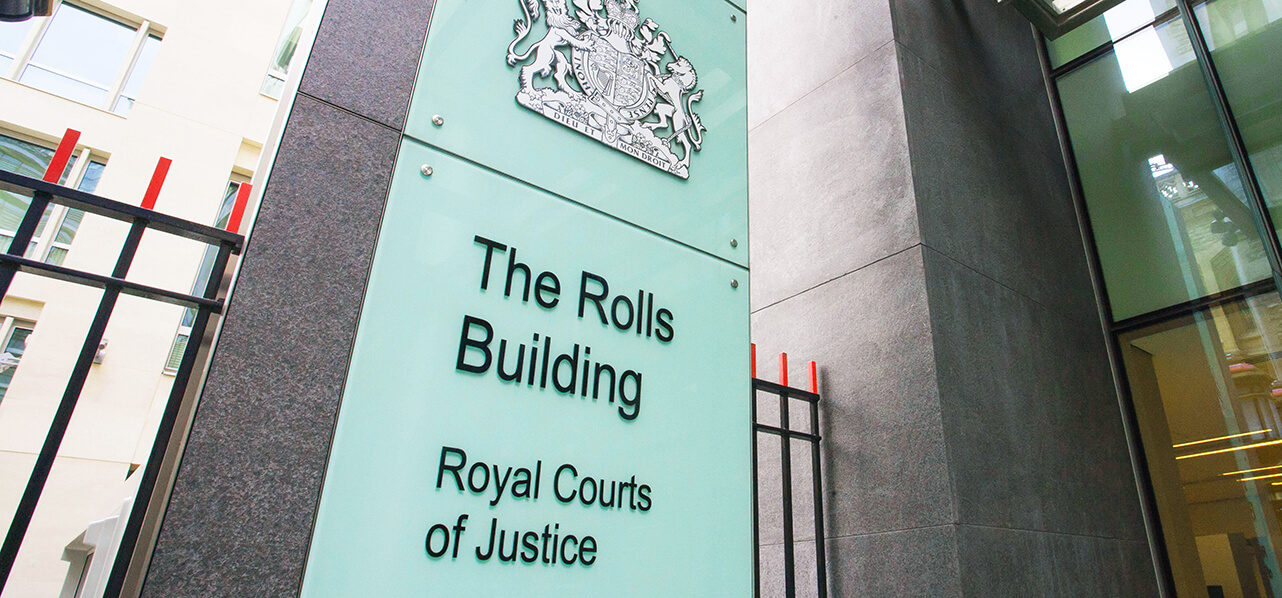Partner London
"Hackitt proposed three gateway points in the building life cycle at which fire safety must be considered: Gateway 1 at the planning application stage, Gateway 2 at the full plan's sign off for building regulations and Gateway 3 a final inspection and certification by the Building Safety Regulator."
Hackitt proposed three gateway points in the building life cycle at which fire safety must be considered: Gateway 1 at the planning application stage, Gateway 2 at the full plan’s sign off for building regulations and Gateway 3 a final inspection and certification by the Building Safety Regulator.
Gateway 1 will apply to planning applications for “relevant buildings”, which include buildings that either contain two or more dwellings, or are used for educational accommodation and meet the height condition being:
- 18 metres or more in height (excluding plant); or
- seven or more storeys in height (excluding any storey below ground).
“Relevant buildings” also includes the redevelopment or repurposing of existing buildings meeting the use and height criteria, as well as development within the curtilage of a relevant building.
The Health and Safety Executive (HSE), the primary regulatory authority for enforcing health and safety law, will become a statutory consultee for planning applications for relevant buildings. Outline planning applications and section 73 applications are excluded from Gateway 1, although Local Planning Authorities (LPAs) must consult the HSE before granting a S73 planning permission if it considers it appropriate to do so.
Developers of relevant buildings will have to submit a Fire Statement “about fire safety design principles, concepts and standards that have been applied to the development”. The Fire Statement must be submitted on MHCLG’s form (or one that is substantially the same) that, according to draft guidance, includes site/buildings layouts, resident safety information, proposed uses, fire safety standards, evacuation, automatic suppression (sprinkler systems), accessible housing, technical complexities, local development policies, emergency access and water supplies for emergency services. The draft guidance recommends that Fire Statements are produced by “suitably qualified engineers with relevant experience in fire safety” or “suitably qualified and competent professionals with demonstrable experience”. Given the shortage of fire engineers, and potential delays to applicants preparing planning applications, there is a risk that not all Fire Statements will be produced by qualified persons. It remains to be seen how LPAs will deal with Fire Statements that depart from MHCLG’s guidance.
Hackitt’s report referred to “an integrated systemic change not a shopping list of changes which can be picked out on a selective basis”. MHCLG guidance states that Gateway 1 “will ensure that applicants and decision makers consider planning issues relevant to fire safety, bringing forward thinking on fire safety matters as they relate to land use planning…and result in better schemes which fully integrate thinking on fire safety”. However, there is a risk that Fire Statements could become a paper exercise instead of contributing to an integrated systemic change to fire safety.
Gateway 1 is limited in scope but, the interaction between the planning system and health and safety is already well-established.
The National Planning Policy Framework (NPPF) specifically states that “planning policies and decisions should promote public safety and take into account wider security and defence requirements”. Within the NPPF, safety in the wider sense is also considered in relation to highways, advertisement consents, aviation and gas storage.
At a local level, some LPAs currently require details of emergency services access to be set out within a design access statement, and public safety is considered to be a potential reason for enforcement. The Planning Practice Guidance is limited on this point, but notes that LPAs “should ensure that a stop notices’ requirements prohibit only what is essential to safeguard amenity or public safety in the neighbourhood”.
"The HSE, together with the Environment Agency or Office for Nuclear Regulation may also be the statutory consultee for developments relating to Control of Major Accident Hazards (COMAH) sites."
Whilst the role of the HSE as a statutory consultee for “relevant buildings” is new, it is already a statutory consultee for developments that are in the vicinity high risk sites. The HSE, together with the Environment Agency or Office for Nuclear Regulation may also be the statutory consultee for developments relating to Control of Major Accident Hazards (COMAH) sites.
The interplay between the LPAs, health and safety and other regulators has recently been considered in the cases of Valero Logistics UK Ltd v Plymouth City Council (June 2021) and Crest Nicholson Operations Ltd v West Berkshire Council (February 2021).
Valero and another operator of distilled fuel storage, both of which were COMAH sites, challenged the LPA’s grant of planning permission for commercial use of a helipad. Valero argued that the Council had failed to consider the risks to the COMAH site and that this should have been a material consideration as part of the planning application process. Furthermore, Valero alleged the LPA had acted irrationally by relying on the existence of other regulatory regimes, specifically the Civil Aviation Authority and COMAH. The judge considered that the planning committee and Planning Officer understood the risks and were entitled to make the judgment that the risks were acceptable in reliance that the CAA and COMAH could regulate any risks posed by the operation of the development.
Crest Nicholson involved an LPA’s designation of a Detailed Emergency Planning Zone (DEPZ) brought in as a response to the Fukushima Nuclear Powerplant accident. The LPA designated the DEPZ within 3,160 metres from the centre of the Atomic Weapons Establishment on recommendation from the AWE, although the justification was not made publicly available. The challenge to the LPA’s DEPZ designation failed and the Judge considered that, whilst the LPA did not have the technical expertise to assess AWE’s work, “it drew on assistance that advice from the Office of Nuclear Regulation and Public Health England”. This was akin to the position where the Public Authority relies on experts and this entitled the LPA to “a margin of appreciation”.
Valero and Crest Nicholson, illustrate the difficulties faced by LPAs in considering what are/are not material health and safety issues against a background of limited knowledge, placing reliance on advice from the specialist regulators and experts, and considering complex risks.
It remains to be seen whether Gateway 1, together with the draft Building Safety Bill, will be sufficiently robust to bring about change and improvements to fire safety within buildings, that have been almost universally demanded since Grenfell. However, the overlapping regimes of planning and health and safety are long-established and are likely to continue to create difficult issues for LPAs to grapple with.
Senior Associate Hetty Tombs contributed to this article.




